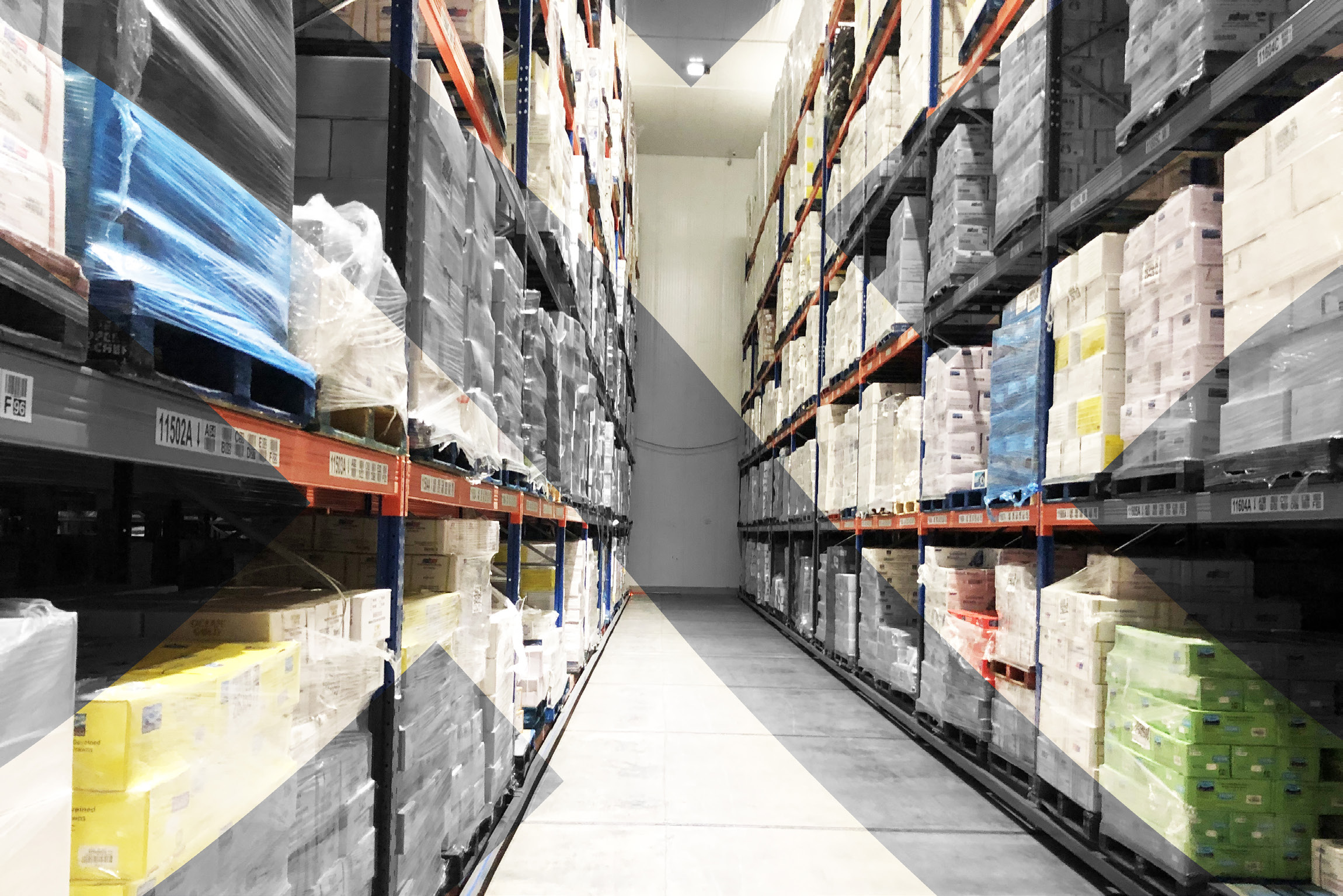Unlock Smooth, Healthy Skin with Skincare Products Featuring Fragrances
Achieving smooth and healthy skin is a goal many of us share, and the journey to that ideal complexion can be both enjoyable and rewarding. One key factor that contributes to the overall quality of our skin is the choice of skincare products we use. Among the various features that influence the effectiveness of a product, the presence of gentle fragrances is often overlooked but can play a significant role in enhancing both the experience and the results of a skincare routine. First and foremost, the health of our skin is determined by a balance of hydration, nourishment, and protection from environmental factors. Products that feature gentle fragrances, often derived from natural essential oils or mild synthetic compounds, offer more than just a pleasant scent. These fragrances can be soothing and calming, adding an extra layer of luxury to a skincare routine. For instance, lavender, chamomile, and rose are common ingredients in skincare formulations that not only have a delicate fragrance but also contain anti-inflammatory and antioxidant properties.
These benefits help reduce redness, irritation, and sensitivity, which can ultimately lead to healthier-looking skin. Gentle fragrances can also have a psychological impact that aids in skin health. The sense of smell is closely connected to emotions, and pleasant scents can trigger feelings of relaxation and well-being. This emotional benefit can indirectly support skin health by reducing stress, which is a known contributor to skin issues like acne, eczema, and other irritations. Stress can cause the body to release cortisol, a hormone that increases oil production and leads to clogged pores. By using skincare products that smell calming and enjoyable, individuals may find themselves more inclined to establish a consistent skincare routine, which is essential for long-term skin health. Strong synthetic perfumes or artificial fragrances can sometimes lead to allergic reactions or worsen pre-existing skin conditions. Choosing products that are free from harsh, overpowering scents and instead feature light, naturally derived fragrances helps reduce the risk of irritation.
Additionally, many skincare brands now formulate their products to be hypoallergenic and dermatologist-tested, ensuring that the products are safe for a wide range of skin types. A pleasant scent can make the routine feel more like a moment of self-care, transforming a mundane task into something more indulgent and click here for more details. For many people, the act of massaging a fragrant cream or lotion into their skin can be an act of mindfulness, allowing them to slow down and focus on their well-being. This personal connection to the process fosters a sense of comfort and satisfaction, encouraging continued use and contributing to long-term skin benefits. Furthermore, the inclusion of gentle fragrances does not compromise the effectiveness of the product itself. Skincare products with mild scents are often formulated with high-quality ingredients that work to deeply nourish and restore the skin. Moisturizing creams, serums, and oils infused with natural fragrances can provide hydration, support collagen production, and combat free radical damage all while leaving the skin feeling refreshed and invigorated.

